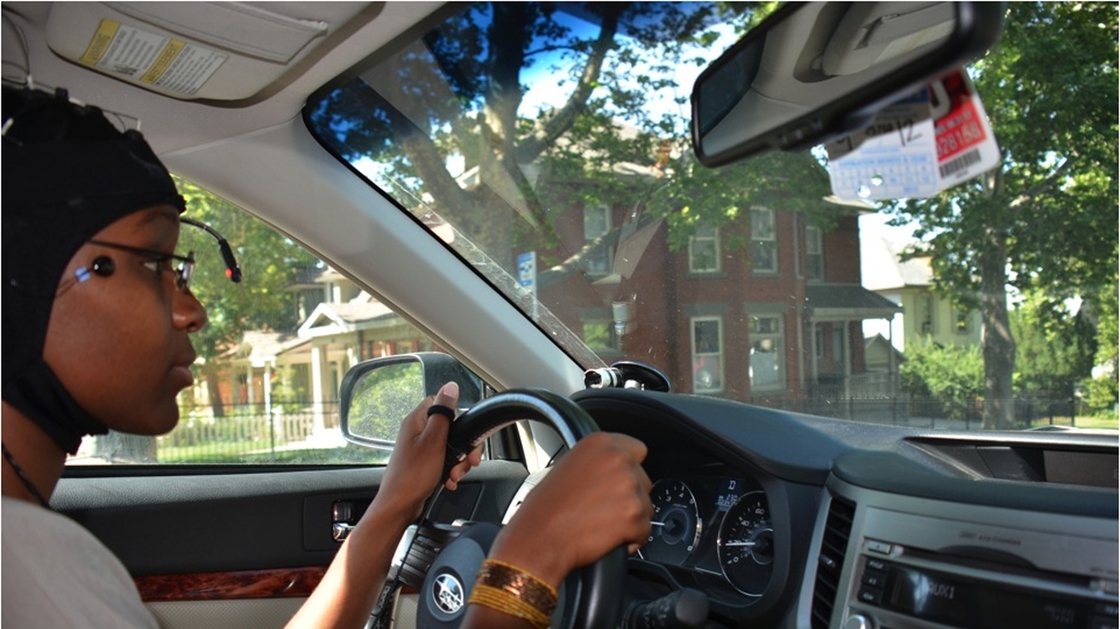 The laws of most states are coming around to what public perception (not to mention science) understands very clearly–drivers are distracted when they use handheld cellphones for talking, texting and e-mailing. Those distracted drivers are more likely to cause accidents. Most states have some sort of cell phone laws. In Maryland, for example, we prohibit the handheld use of cell phones for any purpose (even while stopped at a red light).
The laws of most states are coming around to what public perception (not to mention science) understands very clearly–drivers are distracted when they use handheld cellphones for talking, texting and e-mailing. Those distracted drivers are more likely to cause accidents. Most states have some sort of cell phone laws. In Maryland, for example, we prohibit the handheld use of cell phones for any purpose (even while stopped at a red light).
So, in Maryland and other states, we rely on hands-free technologies, like Bluetooth. Many vehicles are now coming equipped with their own hands-free devices. My Honda, for example, allows me to push a button on my steering wheel to access my voice-recognition speed dial. Even cooler, when I receive text messages, my car will read the messages aloud, and allow me to dictate a response.
Here’s the problem: these technologies may be no safer than the behaviors they were designed to replace. A new report, sponsored by AAA and conducted by the University of Utah, has determined that hands-free technologies don’t actually make us safer. The CEO of AAA calls it “a looming public safety crisis.” The report (found here). In the study, they used some rather high-tech looking devices to measure driver reactions and brain activity when listening to the radio, talking on a cellphone (with and without hands) and using voice-activated talk-to-text features.
 Maryland Car Accident Lawyer Blog
Maryland Car Accident Lawyer Blog


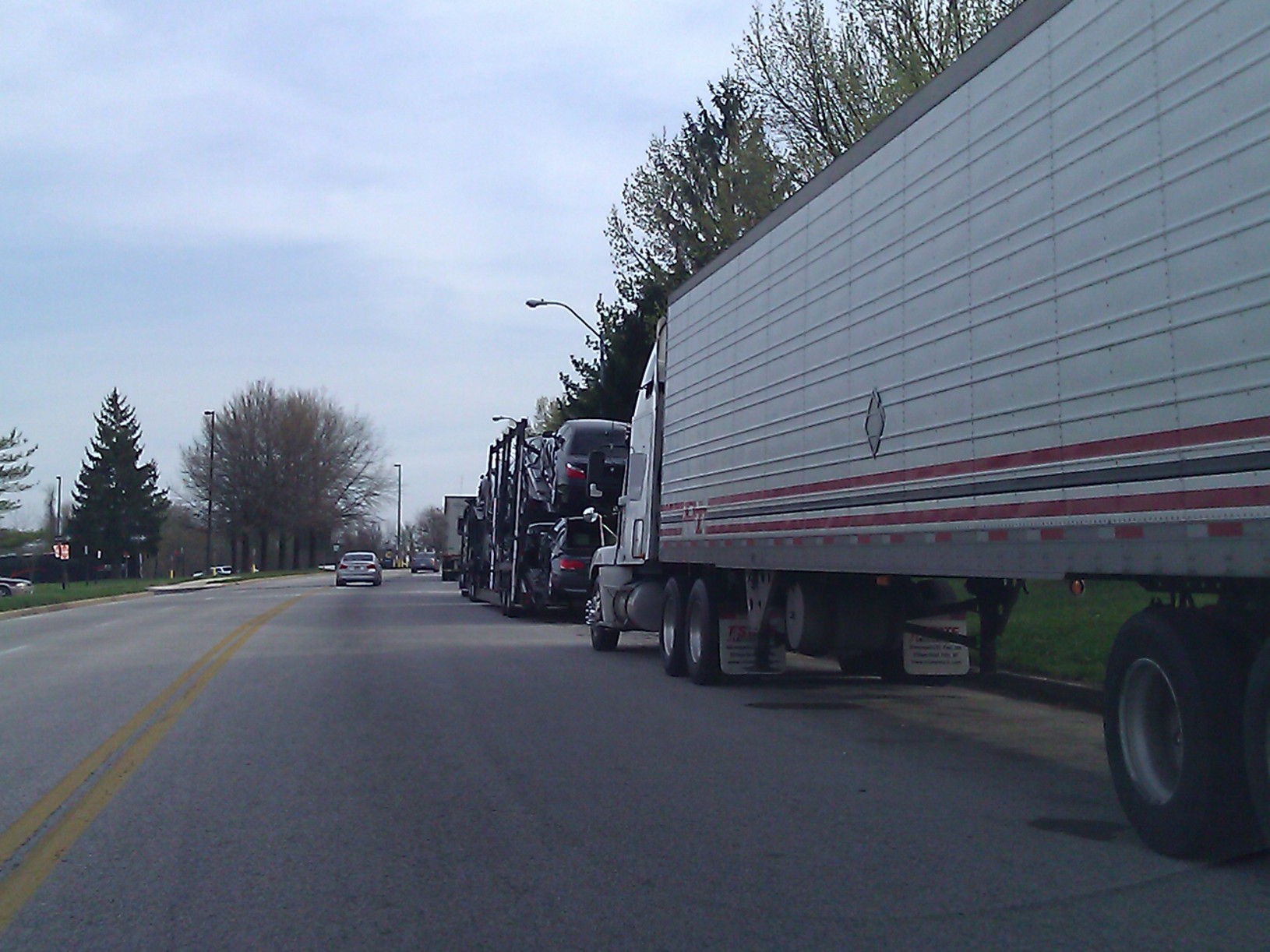 Often when an auto accident involves a business vehicle, there are two specific types of claim that should be alleged against the business–the first is that the business is liable simply by virtue of employing the negligent driver; the second is that the business is liable because it did something incorrectly.
Often when an auto accident involves a business vehicle, there are two specific types of claim that should be alleged against the business–the first is that the business is liable simply by virtue of employing the negligent driver; the second is that the business is liable because it did something incorrectly. 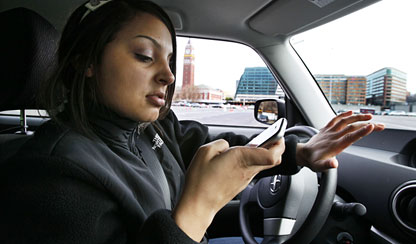 I am not unmindful that, in this business, I profit from the misfortune of others. Sometimes when clients are asking me questions about medical treatment I tell them that what is good for you (getting better quickly) is bad for your legal case, and vice-versa. Honestly, I wish that all of my cases were small, basic soft-tissue cases that resolved after a short week or two of treatment.
I am not unmindful that, in this business, I profit from the misfortune of others. Sometimes when clients are asking me questions about medical treatment I tell them that what is good for you (getting better quickly) is bad for your legal case, and vice-versa. Honestly, I wish that all of my cases were small, basic soft-tissue cases that resolved after a short week or two of treatment. 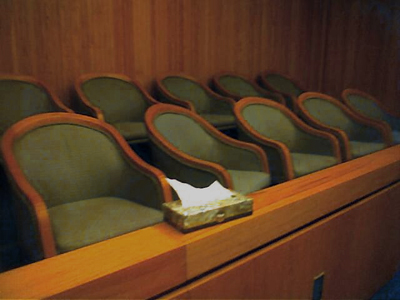 Because accidental injuries are unexpected, the need for a good lawyer can be immediate and unplanned. Too often people randomly select lawyers based on a television ads, phone book ads, or internet marketing. Selecting a lawyer solely on the basis of advertising precludes a well-balanced understanding of the lawyer’s actual capabilities.
Because accidental injuries are unexpected, the need for a good lawyer can be immediate and unplanned. Too often people randomly select lawyers based on a television ads, phone book ads, or internet marketing. Selecting a lawyer solely on the basis of advertising precludes a well-balanced understanding of the lawyer’s actual capabilities. 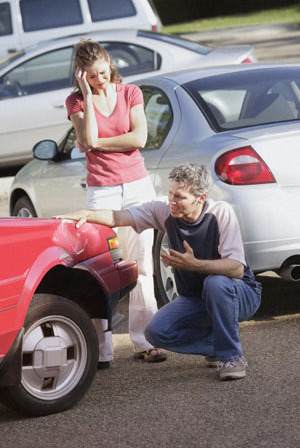 Maryland has a rule called collateral source. This is an important part of making sure auto accident victims get full value for their claims. It is the reason that accident victims can recover for medical expenses and lost wages through their personal injury protection (PIP) insurance (see our
Maryland has a rule called collateral source. This is an important part of making sure auto accident victims get full value for their claims. It is the reason that accident victims can recover for medical expenses and lost wages through their personal injury protection (PIP) insurance (see our 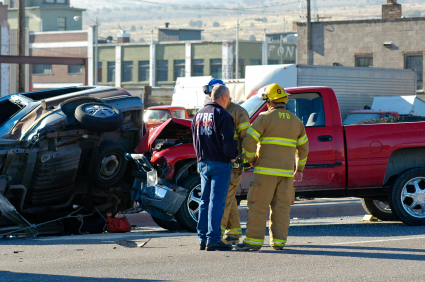 We recommend that all of our clients get as much Personal Injury Protection (PIP) insurance as they can–it’s inexpensive, and it makes a huge difference in your Maryland auto accident case.
We recommend that all of our clients get as much Personal Injury Protection (PIP) insurance as they can–it’s inexpensive, and it makes a huge difference in your Maryland auto accident case. 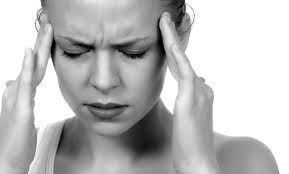 Maryland allows auto accident victims to recover for non-economic damages. These are injuries that cannot be easily calculated, and they include items as stated in the typical jury instructions:
Maryland allows auto accident victims to recover for non-economic damages. These are injuries that cannot be easily calculated, and they include items as stated in the typical jury instructions: 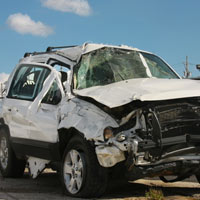 Our usual recommendation to people is that when they lease a car, purchase GAP (Guaranteed Auto Protection) insurance. GAP insurance makes up the difference between fair market value of a car and what you owe on the car (the second figure is sometimes higher). This type of insurance is important because in an accident, you are only entitled to the fair market value of the car. The trap is that if you owe more than the Maryland property damage settlement amount, then you certainly won’t have enough money to buy or lease a or new car. Then, you end up renting a car for far too long (which you won’t get completely paid back, either). It’s a terrible cycle of debt, and hard to get out of.
Our usual recommendation to people is that when they lease a car, purchase GAP (Guaranteed Auto Protection) insurance. GAP insurance makes up the difference between fair market value of a car and what you owe on the car (the second figure is sometimes higher). This type of insurance is important because in an accident, you are only entitled to the fair market value of the car. The trap is that if you owe more than the Maryland property damage settlement amount, then you certainly won’t have enough money to buy or lease a or new car. Then, you end up renting a car for far too long (which you won’t get completely paid back, either). It’s a terrible cycle of debt, and hard to get out of.